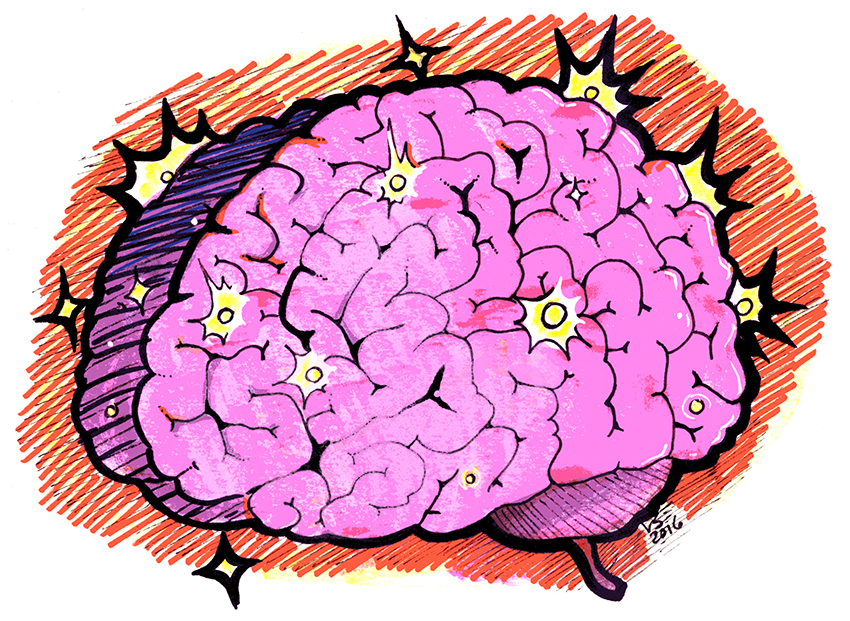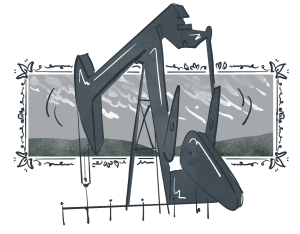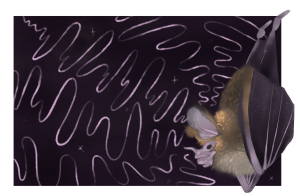Researchers analyze how to rescue weak memories to help in education, PTSD treatment
July 25, 2022
A recent study co-authored by a UT researcher reviews how to rescue weak memories within a few hours before or after memory formation by exposing people to novel or emotional experiences, which could help treat some mental health disorders.
The paper, co-authored by Joseph Dunsmoor, assistant professor of psychiatry and behavioral sciences at Dell Medical School, looks at how the brain encodes long-term memory, called “synaptic tag-and-capture” and “behavioral tagging.” Tagging identifies the memory, and capture stores it in the long term, Dunsmoor said. Researchers looked at studies on animal memories, which were applied to humans and studies done on human memory.
“Stuff that was once boring … all of a sudden has acquired value because something important happened afterwards,” said co-author Vishnu Murty, assistant professor of psychology and neuroscience at Temple University. “There (are) these mechanisms in the brain that basically allow you to retrospectively go back and tag that information as important and solidify them in memory.”
The tag-and-capture process can be thought of as a detective taking in a bunch of clues, not knowing what is significant until the “aha” moment, Dunsmoor said. Understanding how long-term memory is stored can be used to learn how to make it easier to remember complex things, Murty said.
“It’s a question of why we remember certain things that maybe seemed inconsequential at the time but gained significance later on,” Dunsmoor said. “The brain backs up and rewinds and then can extract out things that have happened in the recent past and take those memories and store them in the long term.”
Research is now looking at using virtual reality to produce a cheap and effective way to remember information, Dunsmoor said, by strengthening the user’s memory of information learned beforehand by having a novel experience in VR.
“Part of what this is about is really trying to understand what are the core boundary conditions or the threshold for novelty,” Dunsmoor said. “Distinct, novel experiences might be better.”
Experiencing an emotional or new event before or after learning can help retain the information, Dunsmoor said. Schoolchildren in Argentina exposed to a fun presentation in a new environment after a science lesson were more likely to perform well on a test compared to when they went about their normal school day.
“It’s not what’s happening at the time that memory is laid down,” Dunsmoor said. “It’ll be what is happening in the time window when the memory is sensitive and can fluctuate, and you can either forget it or you can remember it. If you expose it to a novel experience, you can actually get their memories to be consolidated.”
The brain tends to remember moments that are emotional or surprising in nature, Dunsmoor said, but not always mundane everyday routines.
But when the brain goes through trauma, it can later produce intrusive thoughts around these banal experiences of brief sensory moments that happened leading up to the traumatic event. Understanding the behavioral tagging model can help minimize intrusive thoughts in patients with PTSD.
Strengthening learning and memory around the time of a treatment session can help PTSD patients form positive new memories from triggers that compete with old negative memories, Dunsmoor said.
“These otherwise mundane experiences really shouldn’t be that emotional in nature, but they’ve gained emotional significance because they are temporally linked to the more emotional part,” Dunsmoor said. “There’s a way to potentially reverse engineer that.”














